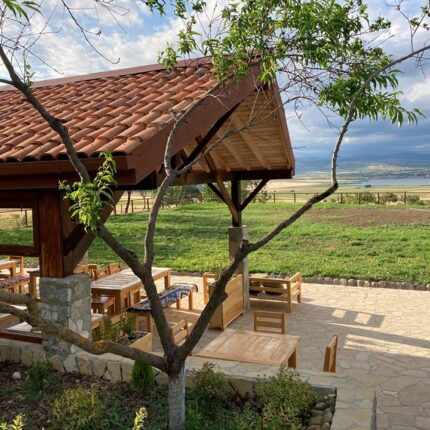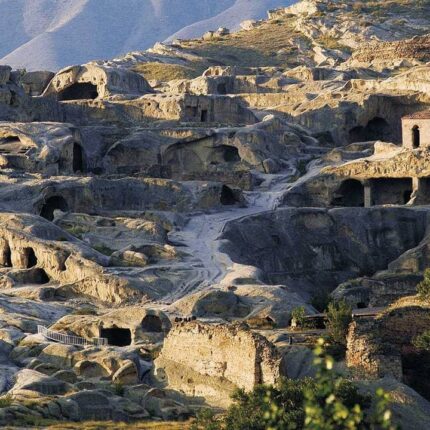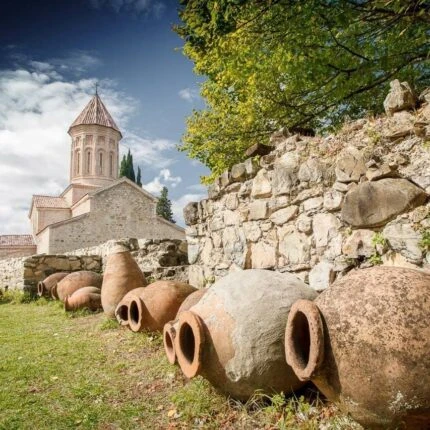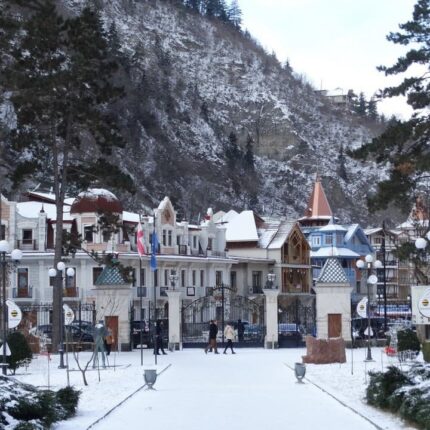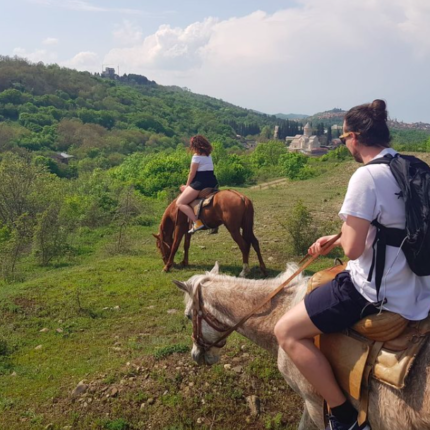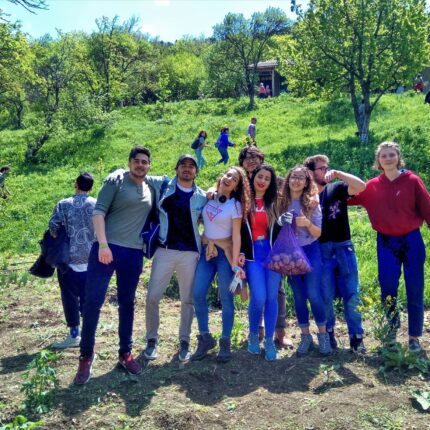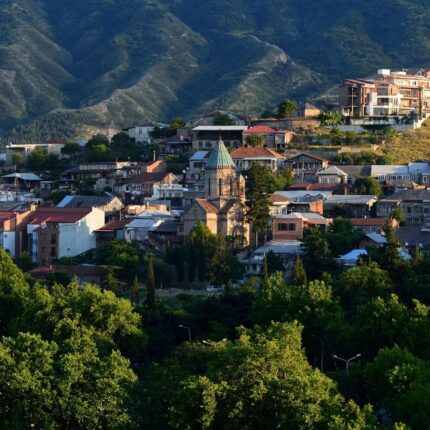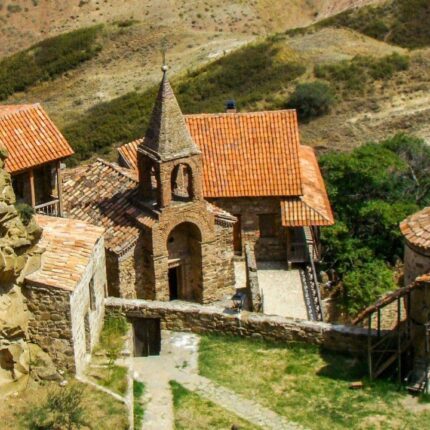The Georgian National Opera Theatre, sometimes just called “The Opera House” and formerly known as “The Tiflis Imperial Theatre”, is one of the oldest theatrical performance houses in all of Eastern Europe – founded in 1851.
The Opera House, on Rustaveli Avenue, has a very unique design that’s impossible to miss as you pass by, and is the main opera house of Georgia.
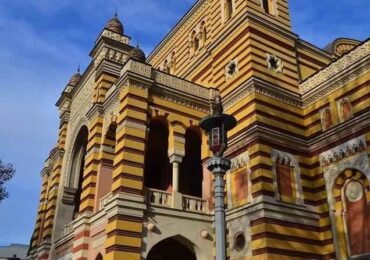
History:
The history of The Tiflis Imperial Theatre dates back to the Russian Empire’s annexation of the country in 1801.
Though the construction of the house didn’t begin officially until 1847. The initiative was given by Prince Mikhail Vorontsov and the construction was commissioned to an Italian architect. Construction took up to 4 years, and the first ball was held in 1851.
The Opera House grew quickly. In the same year, an Italian opera troupe which had been touring Russia before was invited to perform in the theatre. The performance was a great success and the Italians would go on to perform several times more.
As a result, the Opera Theatre started gaining new instruments, musical scores and reviews, and a reputation among foreign artistes coming to Tiflis to perform, while some even stayed there.
Throughout history, many other famous figures and performers blessed the place with their presence. According to Alexandre Dumas, during his visit in 1858 he was “astonished by the simple and refined style of the ornaments.” He was also impressed by the interior design, the decorations and, most of all, the performance.
Unfortunately, the success did not last long. Due to a fire in 1874, the whole theatre was completely destroyed, including the library, costumes, scenery and props.
For its new design, the city held a competition and a German architect from St. Petersburg won. Despite this, the construction of the new Opera House was halted on and off, but was finally re-opened in 1896.
In the 1980s, the theatre started to flourish again and saw regular performances from foreign artists.
Finally, the theatre was renamed in honor of the legendary Georgian composer, who is also considered to be the founder of the Georgian classical music – Zacharia Paliashvili. The Opera House suffered again in the early 1990s due to the instability of the country and the collapse of the Soviet Union as the government couldn’t keep supplying funds.
After the Rose Revolution in 2003, the new government started taking care of the theatre again and improved the general situation through cultural reforms.
What to see:
What’s left of the museum now is an exhibit of archives and organizes a lot of tours for tourists.
As beautiful as the interior and the architecture are, the main attraction is of course the performing arts. To see the program and for more information, visit The Tbilisi Opera-Ballet State Theatre site.
General information:
You can usually buy tickets directly at the cashier. Or online at www.tkt.ge (which attracts a commission).
Each performance is different, so it’s hard to give general information about them. So, what’s important is to just go there with an open mind and take in the fascinating architecture and the beautiful performances.
How to get there:
- The Opera and Ballet Theatre is fairly easy to spot due to its architectural style.
- The easiest way to get there is by Metro to either Rustaveli or Liberty Square, and take a taxi or a bus from there, or walk.
- Buses or marshrutkas (minibuses) that go to Rustaveli Avenue can let off when you spot the building.

